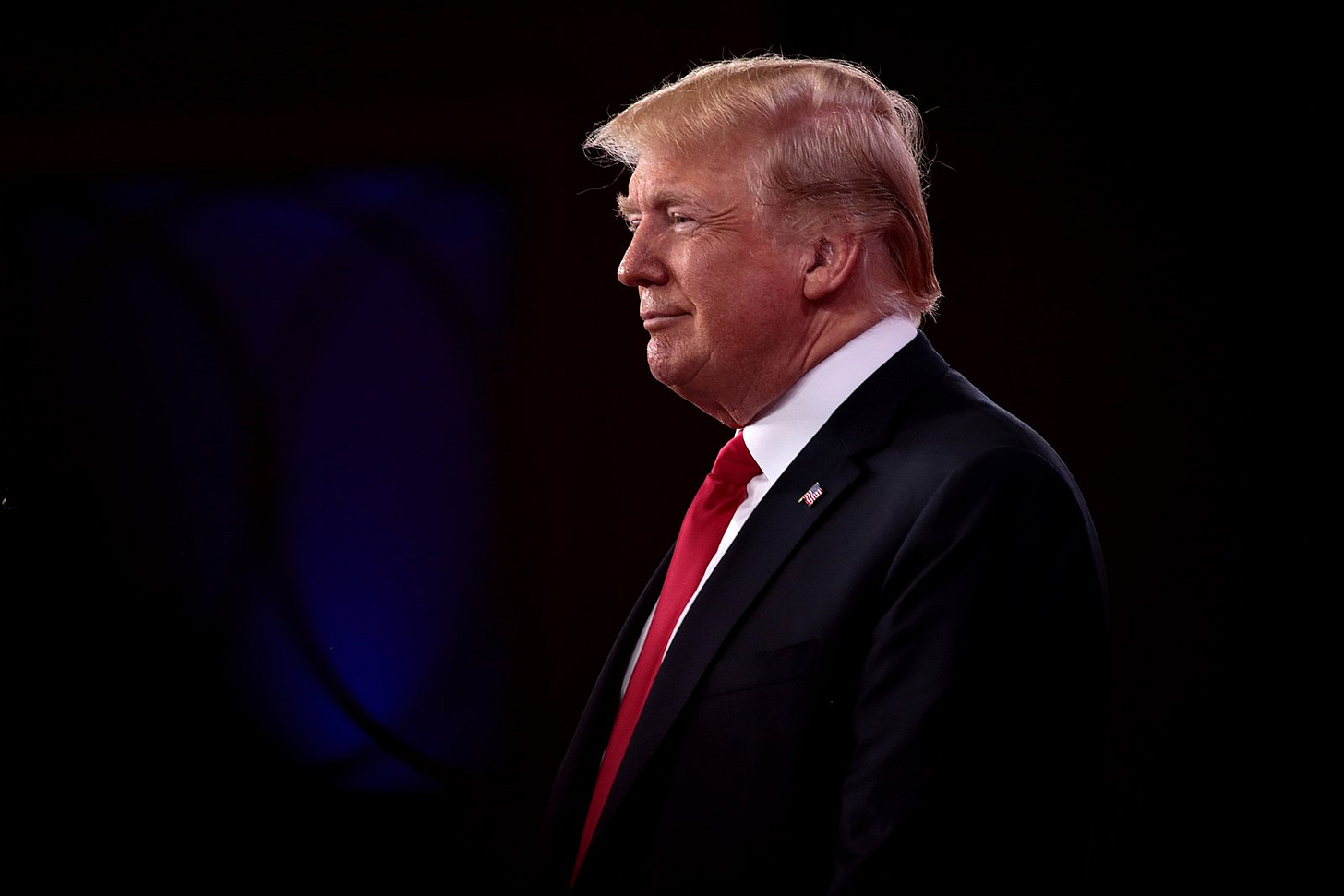Trump adds $250 visa fee for U.S. Travel
The Trump administration’s new $250 “visa integrity fee,” set to take effect Oct. 1, threatens to further reduce international travel to the country, particularly impacting visitors from Asia...
The Rebel Yellow - Issue #118
The Trump administration’s new $250 visa fee adds to a growing web of travel barriers, raising U.S. entry costs for families across Asia and Latin America. At Harvard, one of the world’s top statisticians has left for Beijing amid rising visa rejections and academic crackdowns. Yale faces renewed scrutiny over Asian enrollment after affirmative action’s fall, while Korean detainees outnumbering Japanese Americans at a WWII Hawaii camp is rewriting history. In San Jose, the brutal assault of an 88-year-old store owner has sparked calls for action. Meanwhile, North Korea’s Kim Ju Ae makes her global debut, Naomi Osaka stages a hard-fought comeback, and Rosé and Lisa of Blackpink notch historic solo wins at the MTV VMAs.
Trump admin’s new $250 visa fee adds more barriers to U.S. travel

The Trump administration’s new $250 “visa integrity fee,” set to take effect Oct. 1, threatens to further reduce international travel to the country, particularly impacting visitors from Asia and Latin America as overseas arrivals continue their fifth consecutive month of decline.
What’s new: The latest fee adds to an already complex web of new travel restrictions implemented this year. In August, the State Department launched a Visa Bond Pilot Program requiring certain visitors to post bonds of up to $15,000 as a refundable security deposit.
Over the weekend, it enacted another rule requiring visa applicants to schedule interviews in their home countries instead of seeking appointments elsewhere to avoid long wait times. These measures complement the administration’s broader immigration crackdown focused on “deterring visa overstays, funding border security and strengthening immigration enforcement.”
What this means: For Asian American families seeking to host relatives, the financial barriers have become increasingly prohibitive. The new fee raises total visa costs to $442 — one of the world’s highest visitor fees, as per the U.S. Travel Association — for visitors from non-visa waiver countries such as China and India. Chinese arrivals remain depressed, with July numbers still 53% below 2019 figures. Meanwhile, Indian visits are down 2.4%, driven by an 18% decline in student arrivals.
Ultimately, this means families may need to budget thousands more for basic visits, with some relatives potentially priced out from reunions, weddings or medical emergencies. The situation is particularly acute for multigenerational households where elderly relatives abroad depend on U.S.-based family members for support and connection.
Broader implications: The combined impact of these policies threatens the U.S.’ tourism economy. Overseas travel already fell 3.1% year-on-year in July despite expectations that 2025 would finally surpass pre-pandemic levels.
While the Congressional Budget Office estimates the new visa fee alone will generate $27 billion over a decade, Oxford Economics projects it could deter nearly 1 million visits annually, costing the economy $11 billion over three years and potentially eliminating 15,000 travel jobs. Unsurprisingly, international visitor spending also is projected to fall to $169 billion this year from $181 billion in 2024.
Keep reading with a 7-day free trial
Subscribe to The Rebel Yellow to keep reading this post and get 7 days of free access to the full post archives.

